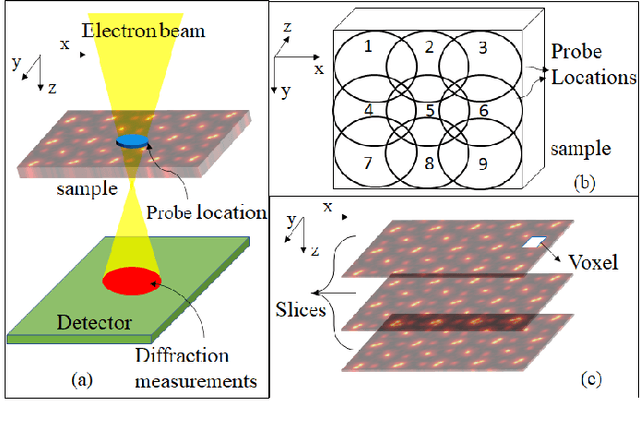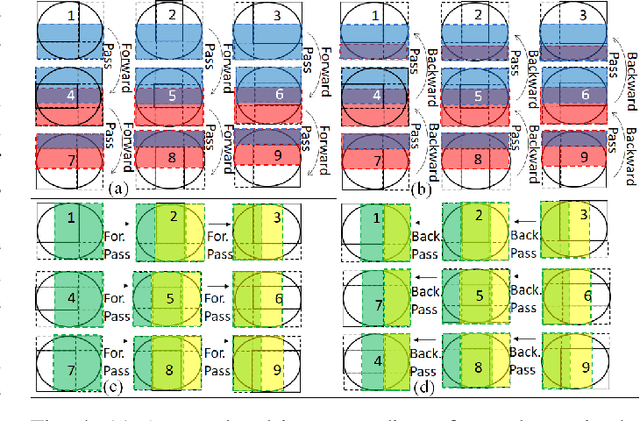Olga Ovchinnikova
VISION: Toward a Standardized Process for Radiology Image Management at the National Level
Apr 29, 2024Abstract:The compilation and analysis of radiological images poses numerous challenges for researchers. The sheer volume of data as well as the computational needs of algorithms capable of operating on images are extensive. Additionally, the assembly of these images alone is difficult, as these exams may differ widely in terms of clinical context, structured annotation available for model training, modality, and patient identifiers. In this paper, we describe our experiences and challenges in establishing a trusted collection of radiology images linked to the United States Department of Veterans Affairs (VA) electronic health record database. We also discuss implications in making this repository research-ready for medical investigators. Key insights include uncovering the specific procedures required for transferring images from a clinical to a research-ready environment, as well as roadblocks and bottlenecks in this process that may hinder future efforts at automation.
Image Gradient Decomposition for Parallel and Memory-Efficient Ptychographic Reconstruction
May 12, 2022



Abstract:Ptychography is a popular microscopic imaging modality for many scientific discoveries and sets the record for highest image resolution. Unfortunately, the high image resolution for ptychographic reconstruction requires significant amount of memory and computations, forcing many applications to compromise their image resolution in exchange for a smaller memory footprint and a shorter reconstruction time. In this paper, we propose a novel image gradient decomposition method that significantly reduces the memory footprint for ptychographic reconstruction by tessellating image gradients and diffraction measurements into tiles. In addition, we propose a parallel image gradient decomposition method that enables asynchronous point-to-point communications and parallel pipelining with minimal overhead on a large number of GPUs. Our experiments on a Titanate material dataset (PbTiO3) with 16632 probe locations show that our Gradient Decomposition algorithm reduces memory footprint by 51 times. In addition, it achieves time-to-solution within 2.2 minutes by scaling to 4158 GPUs with a super-linear speedup at 364% efficiency. This performance is 2.7 times more memory efficient, 9 times more scalable and 86 times faster than the state-of-the-art algorithm.
 Add to Chrome
Add to Chrome Add to Firefox
Add to Firefox Add to Edge
Add to Edge